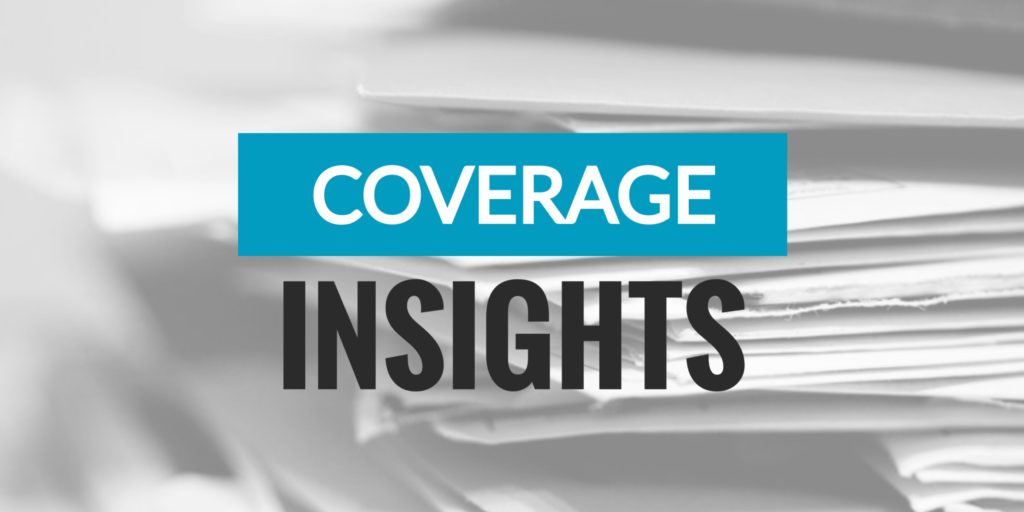07 Jan What is Difference-in-Conditions Insurance?

These days, floods, earthquakes and similar catastrophes are common threats to a business’s property.
In fact, according to the Insurance Information Institute, natural disasters cause billions of dollars in property losses in the United States each year.
While commercial property insurance is an essential component of a business’s risk management portfolio, it can exclude coverage for floods and earthquakes. To address potential gaps in coverage, many businesses secure difference-in-conditions (DIC) insurance. This Coverage Insights provides an overview of DIC insurance, including what it is and what types of businesses can benefit from such a policy.

